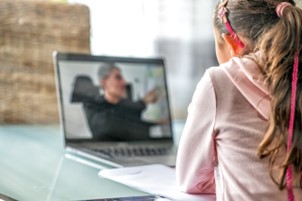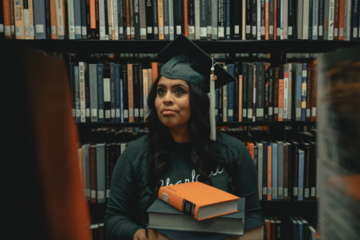David Krakoff, formerly of Lancaster, is the educational director of a Title 1 school. He also has experience as both principal and vice principal at an “A” rated school in Florida. In the following article, principal David Krakoff explains what differentiated instruction is, how it works, and ways fellow educators can incorporate this instruction in schools.
For as long as society evolves, the way it approaches different aspects of life evolves, too. Education is one of the pillars of society that is forever evolving, as it adapts to ways that better reach those who are part of it.
In recent years, David Krakoff, formerly of Lancaster, explains that professionals and scholars have moved toward differentiated education, which is when a teacher or institution uses a variety of methods to ensure each student is acknowledged and inspired to reach their academic potential.
David Krakoff: No Two Students are Alike
Principal David Krakoff, formerly of Lancaster, says that history has seen schools and educational institutions as being homogenous places where all students go in together, are all taught the same lessons at the same time, and all generally leave together.
Very little was done in the past to support children who think and learn differently, but times are changing explains David Krakoff. No two students are alike, and the one-size-fits-all approach is proven to only benefit a few students, leaving others with fewer opportunities and little preparation for dealing with the outside world.
But things are changing. EdWeek.org have reported on how the pandemic has revealed that teachers can and should be more flexible when it comes to the needs of their students. They have come to understand the importance of connection between students and their teacher, and the need to cater for each child’s individual circumstances.
Multiple Intelligences
Howard Gardner highlighted the different learning styles of students with his theory of Multiple Intelligences back in the 1980s, but teachers are taking it more seriously than ever.
As a psychologist, David Krakoff explains that Gardner posited that some students have mathematical minds, others spatial, others musical, and so on. A total of nine different intelligences, according to Gardner, can dictate how a classroom of children will all have different ways of learning, and different educational needs.
Students who may have been written off in the past as ‘low-level learners’ are likely to simply have been those who did not respond to traditional teaching methods. Methods that employ large amounts of reading and writing, for example, will not have appealed to students who love to learn using their hands, something Gardner would describe as kinesthetic learning.

The Importance of Technology
The days of telling students to get off their phones and computers may be a thing of the past, and not because they’ve given up, but instead have embraced young people’s dependence on, and aptitude for, technology.
Principal David Krakoff explains that digital skills are highly praised in today’s market, and it makes sense for teachers to implement creative teaching methods with the use of technology. And this means giving all students the access to the technology they need to facilitate this learning.
But simply supplying them with laptops isn’t the answer, as Chicago’s public schools have discovered. After spending over $300 million on digital tech over the pandemic, there was no real plan as to how it was to be used. And as of today, over $40,000 worth of tech are sitting unused in a warehouse.
What is clear is that differentiated instruction must include technology, but in a way that makes sense and is beneficial to its users.
Realistic Ways of Implementing Differentiated Instruction
David Krakoff explains that schools and teachers must still be realistic – instructors cannot be expected to teach a lesson ten different ways so that it hits home to everyone.
However, it does require looking at the larger goals of teaching. It means improving the learning environment or tweaking the method of delivery so that dyslexic students can receive instruction both aurally and with notes, for example.
It may mean changing the examination process so that students do not need to sit hours-long exams and instead can produce evidence of their learning with creative writing or other projects.
Principal David Krakoff, formerly of Lancaster, says that teachers may no longer feel the need to stand in front of the class and lecture students who would all be expected to retain the information in the same way. Instead, differentiated learning could change how a teacher arranges a class so that students work in groups, with one another, communicating and sharing experiences in a less didactic approach.
Whatever the changes made, it has never been more important for teachers to think outside the box and invest in all students, not only those who do well using traditional classroom methods and material.


